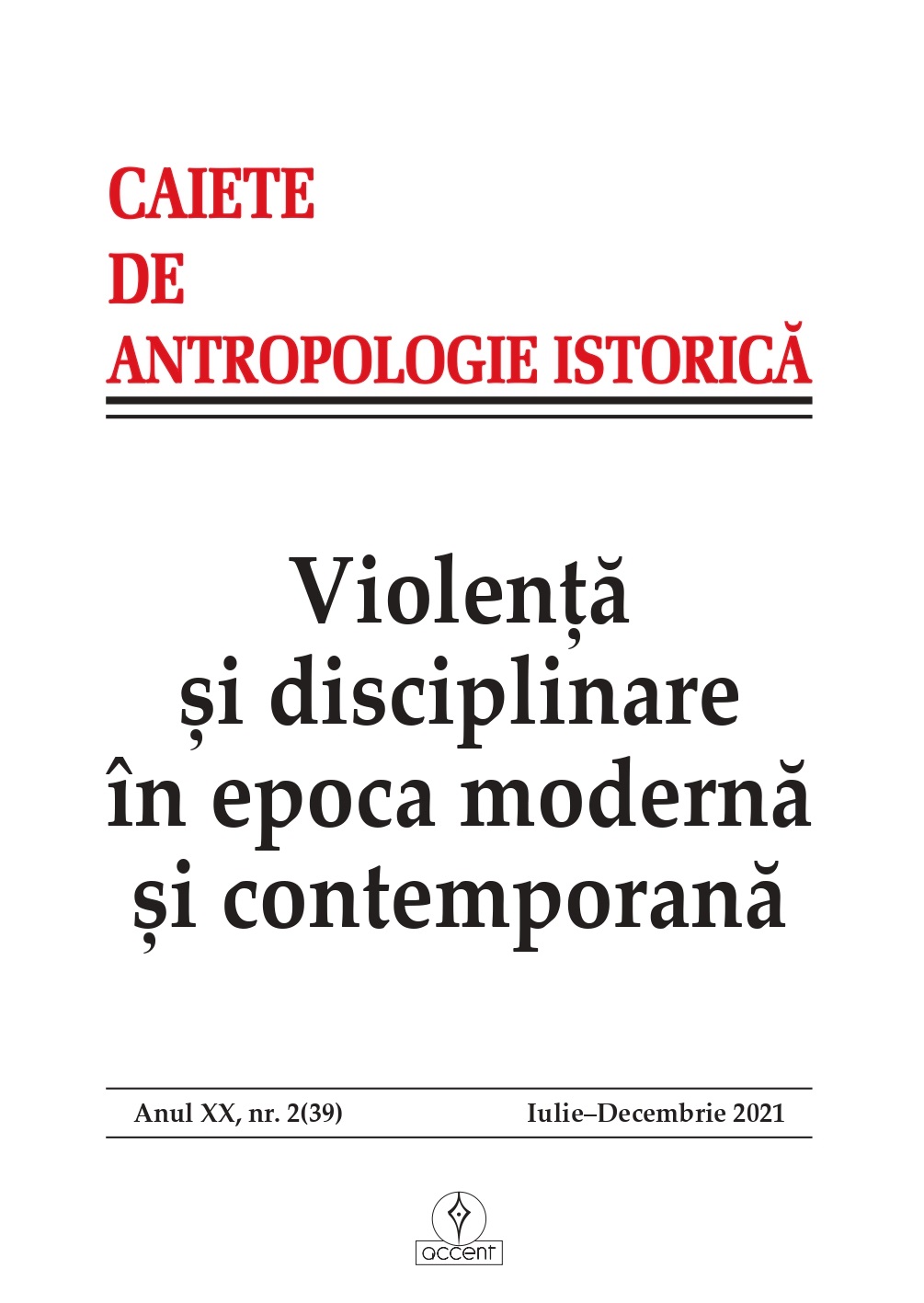Particularități ale crimei pasionale în Transilvania interbelică: teorii, tipologii, exemple
Peculiarities of the crime of passion in interwar Transylvania: theories, typologies, examples
Author(s): Mihai NegustorSubject(s): Criminal Law, Local History / Microhistory, Social history, Criminology, Interwar Period (1920 - 1939)
Published by: Accent Publisher
Keywords: interwar Transylvania; the press; public opinion; crime of passion; the criminal law;
Summary/Abstract: Love and death have always been elements associated with the mysterious regions of the human subconscious, studied mainly by psychology and psychiatry. The attempts to define the crime of passion vary from science to science, and there is no standard definition. The closest to the subject of the crime of passion as an antisocial fact are the lawyers, who reveal the changes that have taken place in the penal codes and in the judicial attitude towards these types of crimes. In turn, historians have observed the frequency of the criminal phenomenon in the social past, so they have introduced the subject of the crime of passion in the historiographical questionnaire. Overall, a crime of passion is part of that emotional or sentimental register driven by pathological, vengeful pulsations. Pathological jealousy, intertwined with betrayal in love were the most common elements for triggering criminal gestures. The profiles of the passionate criminal have been exposed by various theorists and jurists, interested in more distant times, or contemporary ones. The typology of the passionate criminal can be found in the legal debates and in the pages of the press from interwar Transylvania. Public opinion was interested in the crimes of passion, either out of curiosity or for the terrifying impact that the crimes had on the public mentality.
Journal: Caiete de Antropologie Istorică
- Issue Year: 2021
- Issue No: 39
- Page Range: 71-90
- Page Count: 20
- Language: Romanian

